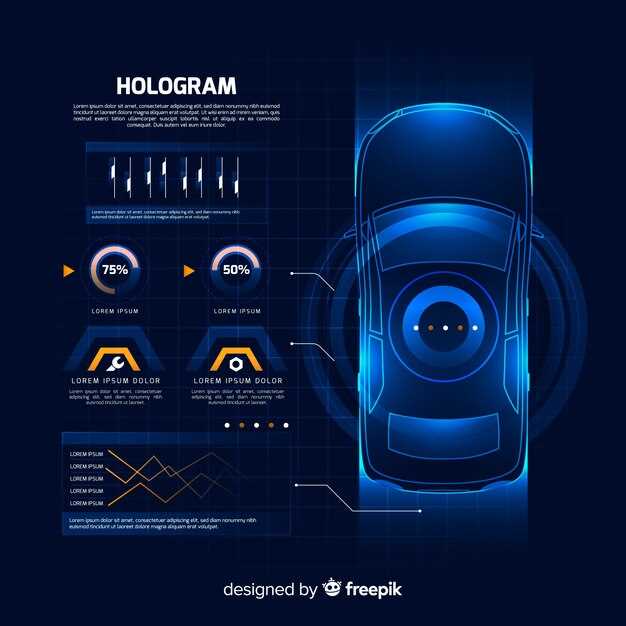
Aerodynamics plays a crucial role in the design and performance of modern sports cars. The way air interacts with a car’s body can significantly affect its speed, stability, and fuel efficiency. Understanding the principles of aerodynamics allows engineers and designers to create vehicles that not only look appealing but also enhance performance on the road.
The design of a sports car must carefully consider factors such as drag, lift, and downforce. By optimizing these elements through advanced engineering techniques, designers can improve a car’s acceleration and cornering capabilities. For instance, a streamlined shape reduces drag, enabling the car to cut through the air more efficiently, while well-placed spoilers and diffusers can increase downforce, providing better grip during high-speed maneuvers.
As sports cars continue to evolve, the integration of aerodynamics into their design becomes increasingly sophisticated. Innovations such as active aerodynamics, which can adjust in real-time based on driving conditions, exemplify the lengths to which manufacturers will go to enhance performance. Ultimately, the synergy between aerodynamics and sports car design is essential for achieving the perfect balance between speed, handling, and overall driving experience.
Impact of Drag Coefficient on Speed Optimization
The drag coefficient is a crucial factor in automotive aerodynamics that significantly influences the performance and speed of sports cars. This dimensionless number quantifies the resistance a vehicle experiences as it moves through the air. A lower drag coefficient indicates a streamlined design, allowing the car to glide more efficiently, thereby enhancing its speed capabilities.
Sports car manufacturers invest heavily in wind tunnel testing and computer simulations to optimize the aerodynamics of their models. By reducing the drag coefficient, engineers can minimize air resistance, which enables higher speeds and improved fuel efficiency. Achieving this often involves refining the car’s shape, using features like spoilers, diffusers, and streamlined body contours.
For instance, a sports car with a drag coefficient of 0.30 will experience significantly less drag than one with a coefficient of 0.40. This difference can translate into substantial speed advantages during high-speed runs, especially on racetracks where aerodynamics play a pivotal role in overall performance. As the car accelerates, the impact of drag becomes more pronounced, making it essential to focus on minimizing this resistance.
Moreover, the drag coefficient impacts other aspects of performance, such as handling and stability at higher speeds. A well-optimized aerodynamic profile not only boosts top speed but also contributes to better cornering capabilities, allowing the driver to maintain control and achieve quicker lap times.
In summary, understanding and optimizing the drag coefficient is vital for manufacturers aiming to enhance the speed and performance of sports cars. By employing advanced aerodynamic techniques and designs, they can create vehicles that not only satisfy high-speed demands but also offer an exhilarating driving experience.
Role of Downforce in Enhancing Cornering Stability

Downforce plays a critical role in the aerodynamics of sports cars, significantly enhancing their cornering stability. When a vehicle moves at high speeds, air pressure generates downward force on the car, which increases tire grip on the track. This force is essential for maintaining control during aggressive turns, allowing the car to navigate corners more effectively.
As speed increases, the importance of downforce becomes even more pronounced. Well-designed aerodynamic features such as wings and spoilers facilitate the flow of air over and around the vehicle, optimizing this downward force. A sports car with adequate downforce can achieve higher cornering speeds without risking loss of traction, enabling drivers to push their limits safely.
Moreover, downforce reduces the likelihood of oversteering or understeering. With enhanced grip, the tires can better adhere to the road surface, resulting in improved handling characteristics. This stability is crucial not only for performance on the racetrack but also for ensuring driver confidence during high-speed maneuvers.
In summary, the integration of effective aerodynamic principles to generate downforce is vital for the design of sports cars. By enhancing cornering stability, downforce allows drivers to maximize their performance while maintaining safety, making it an indispensable factor in modern automotive engineering.
Materials and Design Features to Maximize Aerodynamic Efficiency

To enhance the aerodynamic efficiency of sports cars, manufacturers focus on advanced materials and innovative design features. Lightweight materials such as carbon fiber and aluminum alloys are commonly utilized. These materials not only reduce overall weight but also improve the car’s strength and rigidity, essential for high-speed stability and performance.
The shape of a sports car significantly influences its aerodynamic efficiency. Designers often employ a low-slung profile and smooth contours to minimize air resistance. Features such as a sloped roofline and tapered tail sections help in reducing drag, allowing the car to slice through the air more effectively.
Integrated aerodynamic components like spoilers, diffusers, and air vents are crucial in managing airflow around the vehicle. Front splitters direct air around the car, enhancing downforce while reducing lift. Rear spoilers, designed to optimize air pressure over the rear axle, further increase stability at high speeds.
Furthermore, computational fluid dynamics (CFD) simulations are extensively used during the design process. These simulations allow engineers to visualize airflow patterns and make data-driven adjustments to the car’s shape. This iterative approach leads to refined designs that balance aesthetics with aerodynamic functionality.
In addition to external features, managing airflow over and under the car is essential. Ventilated brake systems not only improve performance but also reduce aerodynamic drag. Underbody panels create a smooth surface for airflow, decreasing turbulence and enhancing overall efficiency.
Finally, the integration of active aerodynamic systems represents a cutting-edge advancement. These systems can adjust features like wing angles and ride height in real-time based on speed and driving conditions, optimizing the car’s aerodynamic profile dynamically. This adaptability is particularly beneficial for high-performance sports cars seeking to maintain peak efficiency in varying environments.


